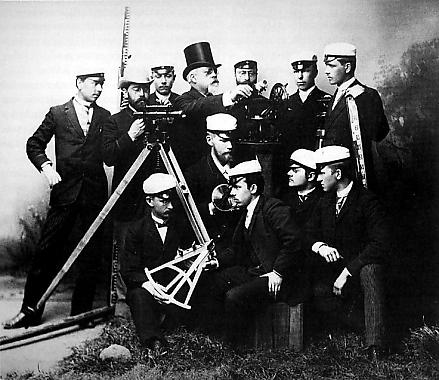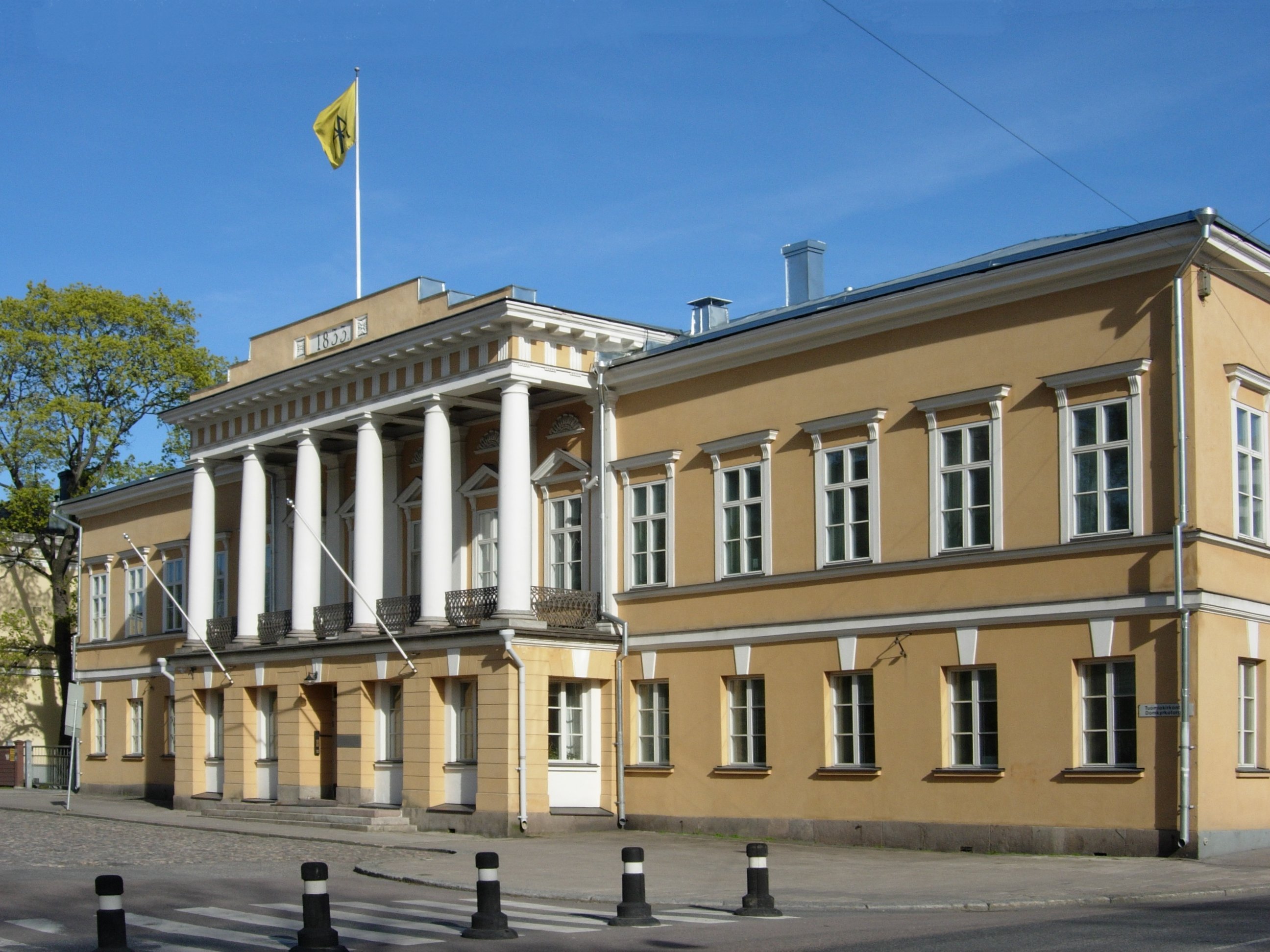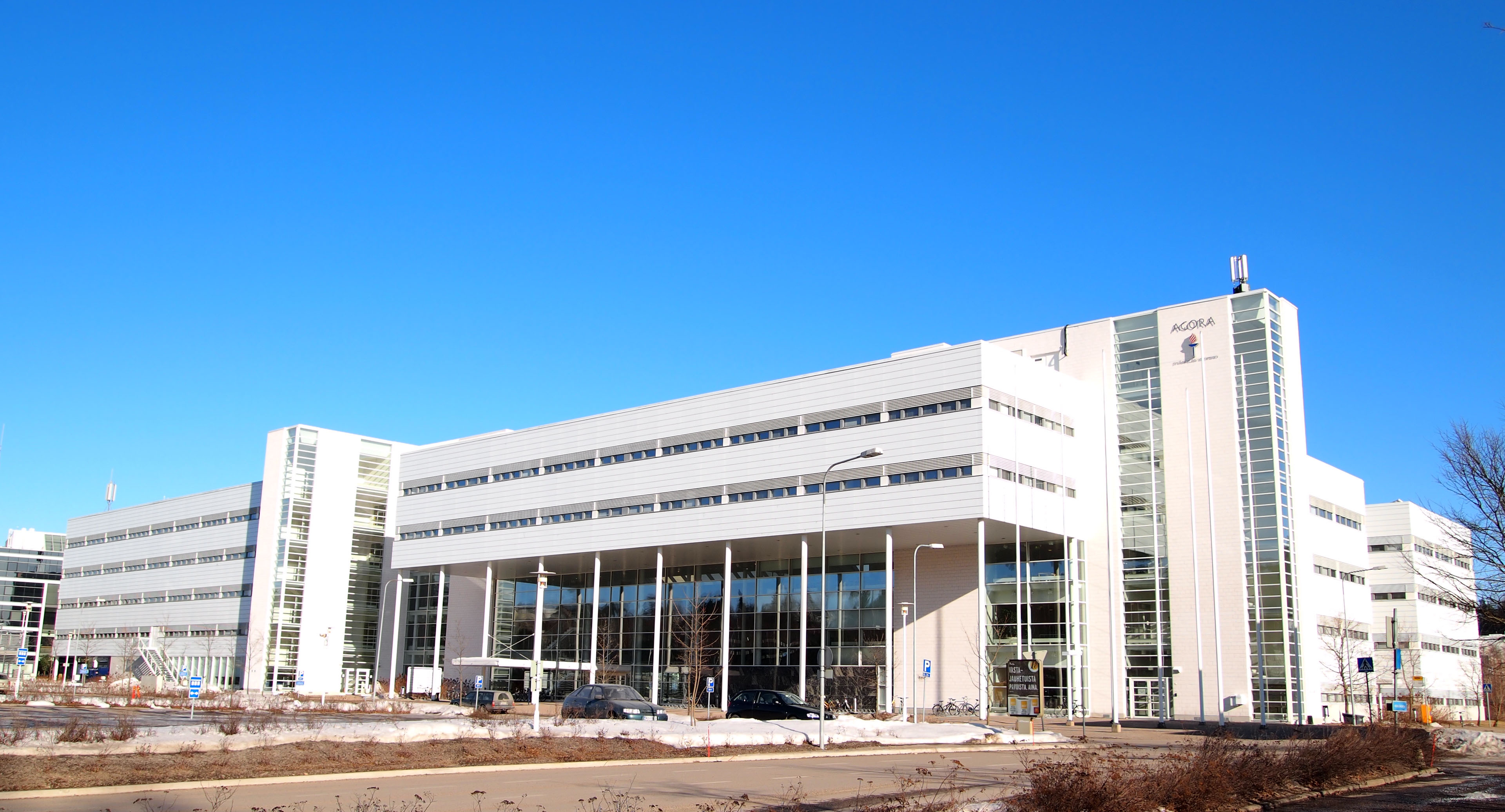|
Diplomi-insinööri
Diplomi-insinööri (DI) ( sv, diplomingenjör) is a Finnish Master's level academic degree with a nominal length of 300 ECTS credits. The official English translation of the degree is Master of Science (Technology). The Finnish name derives from the old German degree called ''Diplom-Ingenieur''. The degree qualifies for the ''tekniikan lisensiaatti'' (Licenciate of Science (Technology)) and the ''tekniikan tohtori'' (Doctor of Science (Technology)) degrees. It is preceded directly by ''tekniikan kandidaatti'' (Bachelor of Science in Technology), and with some additional study, by other Bachelor's level degrees. It is a taught master's degree, but includes a half-year project (''diplomityö'', ''Master's thesis''). The ''diplomi-insinööri'' degree is granted by eight Finnish universities in a variety of degree programs. The common feature of the programs is the engineering approach based on scientific and mathematical studies. Usually, graduates with the degree work as exper ... [...More Info...] [...Related Items...] OR: [Wikipedia] [Google] [Baidu] |
Institute Of Technology
An institute of technology (also referred to as: technological university, technical university, university of technology, technological educational institute, technical college, polytechnic university or just polytechnic) is an institution of tertiary education (such as a university or college) that specializes in engineering, technology, applied science, and natural sciences. Institutes of technology versus polytechnics The institutes of technology and polytechnics have been in existence since at least the 18th century, but became popular after World War II with the expansion of engineering and applied science education, associated with the new needs created by industrialization. The world's first institution of technology, the Berg-Schola (today its legal successor is the University of Miskolc), was founded by the Court Chamber of Vienna in Selmecbánya, Kingdom of Hungary (now Banská Štiavnica, Slovakia), in 1735 in order to train specialists of precious metal and copp ... [...More Info...] [...Related Items...] OR: [Wikipedia] [Google] [Baidu] |
Aalto University
Aalto University ( fi, Aalto-yliopisto; sv, Aalto-universitetet) is a public research university located in Espoo, Finland. It was established in 2010 as a merger of three major Finnish universities: the Helsinki University of Technology, the Helsinki School of Economics and the University of Art and Design Helsinki. The close collaboration between the scientific, business and arts communities is intended to foster multi-disciplinary education and research. The Finnish government, in 2010, set out to create a university that fosters innovation, merging the three institutions into one. The university is composed of six schools with close to 17,500 students and 4,000 staff members, making it Finland's second largest university. The main campus of Aalto University is located in Otaniemi, Espoo. Aalto University Executive Education operates in the district of Töölö, Helsinki. In addition to the Greater Helsinki area, the university also operates its Bachelor's Programme in In ... [...More Info...] [...Related Items...] OR: [Wikipedia] [Google] [Baidu] |
Åbo Akademi University
Åbo Akademi University ( sv, Åbo Akademi , ) is the only exclusively Swedish language multi-faculty university in Finland (or anywhere outside Sweden). It is located mainly in Turku (Åbo is the Swedish name of the city) but has also activities in Vaasa. Åbo Akademi should not be confused with the Royal Academy of Åbo, which was founded in 1640, but moved to Helsinki after the Turku fire of 1827 and is today known as the University of Helsinki. Åbo Akademi was founded by private donations in 1918 as the third university in Finland, both to let Turku again become a university town and because it was felt that the Swedish language was threatened at the University of Helsinki. The Finnish University of Turku was founded in 1920, also by private donations and for similar reasons. Åbo Akademi was a private institution until 1981, when it was turned into a public institution. As the only uni-lingually Swedish multi-faculty university in the world outside Sweden and consequent ... [...More Info...] [...Related Items...] OR: [Wikipedia] [Google] [Baidu] |
University Of Vaasa
The University of Vaasa ( fi, Vaasan yliopisto, sv, Vasa universitet) is a multidisciplinary, business-oriented university in Vaasa, Finland. The campus of the university is situated by the Gulf of Bothnia adjacent to downtown Vaasa. The university has evolved from a school of economics founded in 1968 to a university consisting of four different schools: The School of Accounting and Finance, The School of Management, The School of Marketing and Communications and the School of Technology and Innovations. University of Vaasa is one of the largest business universities in Finland. The university has personnel of around 500 which includes a teaching staff of 180 and 54 professors. Around 5000 students are currently studying in various degree programs at the university. History In 1966 the Council of State made the decision to establish a School of Economics and Business Administration in Vaasa, and so Vaasa got its first institution of higher education which the region ... [...More Info...] [...Related Items...] OR: [Wikipedia] [Google] [Baidu] |
University Of Turku
sv, Åbo universitet , latin_name = Universitas Aboensis , image_name = University of Turku.svg , motto = ''Vapaan kansan lahja vapaalle tieteelle'' , established = 1920 , type = Public University , endowment = , administrative_staff = 3,412 , rector = Jukka Kola , students = 20,768 , undergrad = 8,247 , postgrad = 6,244 , doctoral = 1,984 , city = Turku , country = Finland , campus = Urban , free_label = , free = , colors = , colours = , mascot = , affiliations = Coimbra Group, UArctic , website Official Website (in English) , motto_lang = fin , mottoeng = The gift of a free nation to free science ... [...More Info...] [...Related Items...] OR: [Wikipedia] [Google] [Baidu] |
University Of Oulu
The University of Oulu ( fi, Oulun yliopisto) is one of the largest universities in Finland, located in the city of Oulu. It was founded on July 8, 1958. The university has around 13,000 students and 2,900 staff. 21 International Master's Programmes are offered at the university. The university is often ranked as one of the better universities in Finland and in the top-400 worldwide. History * 1919 Oulu College Association was founded to manage the establishment of a university in the town * 1958 Oulu University Act * 1959 Activities begin. Faculty of Philosophy (programs in biology and mathematics), Faculty of Technology (architecture, civil and industrial engineering) and Oulu Teaching School * 1960 Faculty of Medicine * 1965 Teaching begins in humanities * 1965 Departments of Electrical Engineering and Machine Engineering added to the Faculty of Technology * 1972 The Faculty of Humanities and the Faculty of Natural Sciences founded with the division of the Faculty of P ... [...More Info...] [...Related Items...] OR: [Wikipedia] [Google] [Baidu] |
University Of Jyväskylä
The University of Jyväskylä ( fi, Jyväskylän yliopisto) is a research university in Jyväskylä, Finland. It has its origins in the first Finnish-speaking Teacher Training College (the so-called Teacher Seminary), founded in 1863. Around 14,000 students are currently enrolled in the degree programs of the university. History Founded in 1863, the university has its origins in the first Finnish-speaking teacher training college, the so-called Teacher Seminary. Uno Cygnaeus was enthusiastic to educate the people and created a programme for organising primary school education in Finland. Cygnaeus' plan was realised in 1863, when a teacher seminary was established in Jyväskylä, on the current university campus. Based on the town's central location, the first Finnish-medium secondary schools for boys and girls were also established in Jyväskylä. The foundation of the world-famous school system was created at the University of Jyväskylä. The teacher seminary evolved i ... [...More Info...] [...Related Items...] OR: [Wikipedia] [Google] [Baidu] |
Lappeenranta University Of Technology
LUT University ('' English:'' Lappeenranta-Lahti University of Technology LUT) ('' Finnish'': Lappeenrannan-Lahden Teknillinen Yliopisto LUT) is a Finnish public research university which was established in 1969. The university's Lappeenranta campus is situated on the shore of lake Saimaa – the 4th largest lake in Europe. LUT University's second campus is in Finnish city of Lahti. LUT University also has research units in the Finnish cities of Mikkeli and Kouvola. LUT University is a University of Technology, meaning that is specializes its academics and research on the fields of engineering and technology. The university also has a school of business, and beginning in 2023 the university is starting a department of social sciences. LUT University specializes in renewable technology, clean water and energy, combatting climate change and finding sustainable engineering solutions. There are 1,089 staff members and 6,331 students in the university. About 5,000 students reside ... [...More Info...] [...Related Items...] OR: [Wikipedia] [Google] [Baidu] |
Tampere University
Tampere University (, shortened TAU) is a Finnish university that was established on 1 January, 2019 as a merger between the University of Tampere and Tampere University of Technology. The new university is also the major shareholder of Tampere University of Applied Sciences. History University of Tampere was founded in 1925 as the Civic College in Helsinki teaching public administration, organisation management and journalism. In 1930, a total of 195 students were enrolled at the College and its name was amended to the School of Social Sciences. As the institution grew, it expanded to municipal administration, public law, child protection, and civic education. Faculty of Social Sciences was established in 1949 as the first faculty. By 1960, the number of students had increased to 933 and the School of Social Sciences moved to Tampere. The institution was renamed to the University of Tampere in 1966. Tampere had been the most important industrial center in Finland since the late 1 ... [...More Info...] [...Related Items...] OR: [Wikipedia] [Google] [Baidu] |
Academic Degree
An academic degree is a qualification awarded to students upon successful completion of a course of study in higher education, usually at a college or university. These institutions commonly offer degrees at various levels, usually including undergraduate degrees, master's, and doctorates, often alongside other academic certificates and professional degrees. The most common undergraduate degree is the bachelor's degree, although in some countries there are lower level higher education qualifications that are also titled degrees (e.g. associate degrees and foundation degrees). History Emergence of the doctor's and master's degrees and the licentiate The doctorate ( Latin: ''doceo'' "I teach") appeared in medieval Europe as a license to teach ( Latin: ''licentia docendi'') at a medieval university. Its roots can be traced to the early church when the term "doctor" referred to the Apostles, church fathers and other Christian authorities who taught and interpreted the B ... [...More Info...] [...Related Items...] OR: [Wikipedia] [Google] [Baidu] |
European Credit Transfer And Accumulation System
The European Credit Transfer and Accumulation System (ECTS) is a standard means for comparing academic credits, i.e., the "volume of learning based on the defined learning outcomes and their associated workload" for higher education across the European Union and other collaborating European countries. For successfully completed studies, ECTS credits are awarded. One academic year corresponds to 60 ECTS credits that are normally equivalent to 1500–1800 hours of total workload, irrespective of standard or qualification type. ECTS credits are used to facilitate transfer and progression throughout the Union. ECTS also includes a standard grading scale Grading in education is the process of applying standardized measurements for varying levels of achievements in a course. Grades can be assigned as letters (usually A through F), as a range (for example, 1 to 6), as a percentage, or as a numbe ..., intended to be shown in addition to local (i.e. national) standard grades. Curr ... [...More Info...] [...Related Items...] OR: [Wikipedia] [Google] [Baidu] |
Exchange Student
A student exchange program is a program in which students from a secondary school (high school) or university study abroad at one of their institution's partner institutions. A student exchange program may involve international travel, but does not necessarily require the student to study outside their home country. Foreign exchange programs provide students with an opportunity to study in a different country and environment experiencing the history and culture of another country, as well as meeting new friends to enrich their personal development. International exchange programs are also effective to challenge students to develop a global perspective. The term "exchange" means that a partner institution accepts a student, but does not necessarily mean that the students have to find a counterpart from the other institution with whom to exchange. Exchange students live with a host family or in a designated place such as a hostel, an apartment, or a student lodging. Costs for ... [...More Info...] [...Related Items...] OR: [Wikipedia] [Google] [Baidu] |









